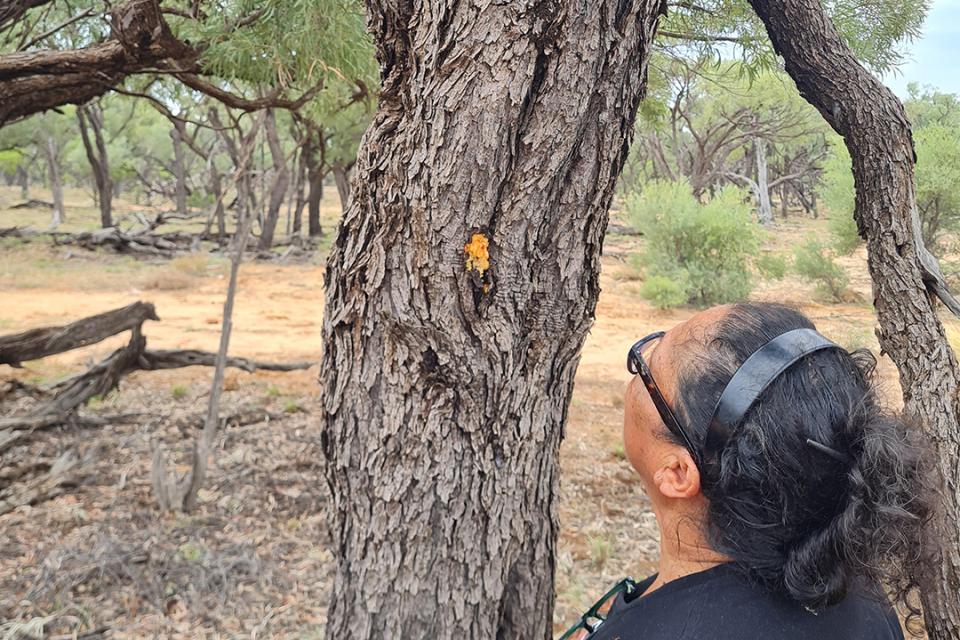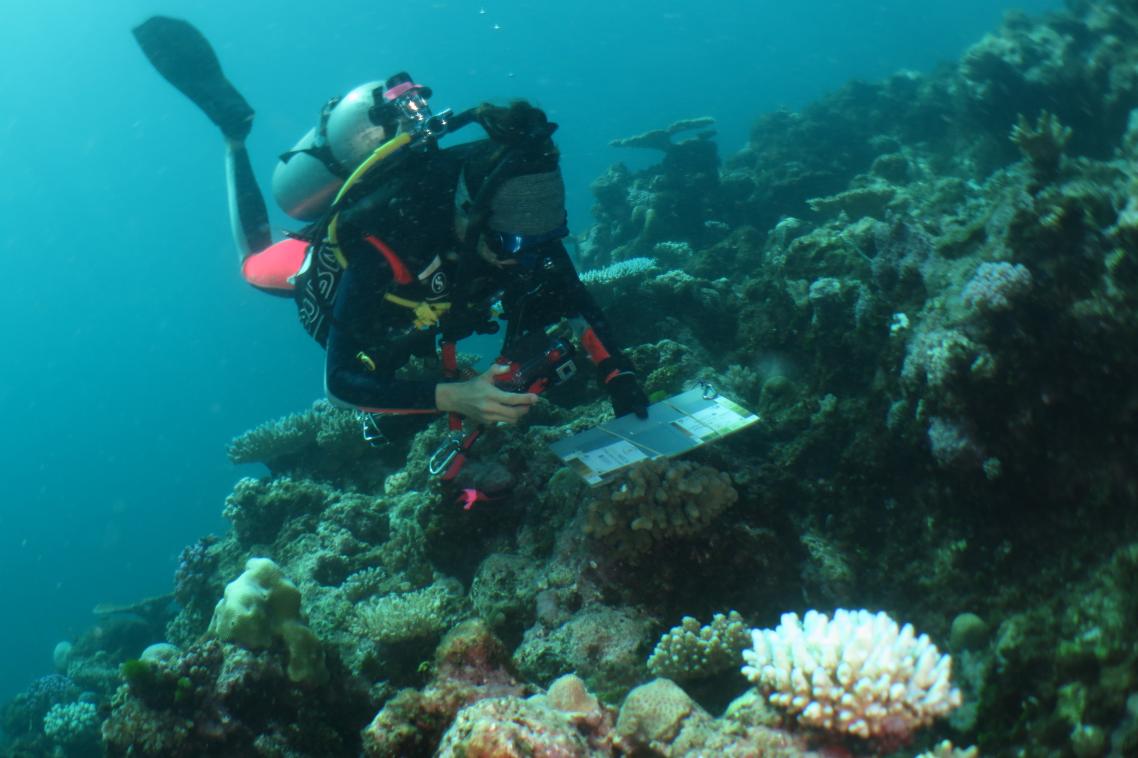Research identifies Australian rival for imported ingredient

Acacia cambagei, also known as Gidyea or Marru, growing on the plain below Turraburra escarpment in Central West Queensland.
(Photo credit: Clara Davina Schmidt )
Sap from a tree common in inland areas of Australia has shown promise as a replacement for the widely used, imported food and pharmaceutical ingredient gum Arabic.
Food scientist Dr Thomas Hay at The University of Queensland’s School of Agriculture and Food Sustainability tested gum from Acacia cambagei, usually called Gidyea or Marru trees, in a project with Traditional Owners in Iningai country.
“Gum Arabic is substance excreted from an Acacia species that is used to stabilise foods, drinks and cosmetics where oil and other liquids need to combine,” Dr Hay said.
“Our analysis showed that Gidyea gum has a similar structural composition to gum Arabic.
“Gidyea gum’s performance was equal to gum Arabic in emulsifying an oil-in-water solution, by effectively wrapping around oil droplets and not letting them join together.
“Interestingly, its viscosity was lower, which gives Gidyea gum an advantage in some applications, such as when you don’t want a thickening effect.
“The processing requirements for the gum are quite low so it has real potential to be an alternative to gum Arabic, 95 per cent of which comes from sub-Saharan Africa where over-harvesting and deforestation are serious issues.”

The Acacia cambagei samples were collected near Longreach in Central West Queensland with the Yumbangku Aboriginal Cultural Heritage and Tourism Development Aboriginal Corporation (YACHATDAC).
Study co-author, Cultural Knowledge holder and Traditional Custodian Aunty Suzanne Thompson from YACHATDAC, said the findings point towards a potential new industry for the region.
“This has been a shared journey with the scientist and traditional knowledge holders walking together to identify an exciting opportunity to develop Gidyea gum,” Ms Thompson said.
“We are looking at how we can scale up production and eventually facilitate opportunities for pastoralists and other landholders to achieve multiple income streams from the land.
“Gidyea could be collected on Country, cleaned and packaged and then distributed to companies that want to use a natural, Australian product.
“We can be caring for country by keeping a species in the landscape while finding value in it, as well as producing cattle and sheep.”
The research has been published in Food Hydrocolloids and presented at the 2025 Developing Northern Australia conference in Darwin.

Aunty Suzanne Thompson looks at Gidyea sap on Country near Longreach.
(Photo credit: Clara Davina Schmidt)
Collaboration and acknowledgements
The project was part of the Australian Research Council-funded 5-year program, A Deadly Solution: Towards an Indigenous-led bushfood industry, in which researchers work with Indigenous communities to commercialise bushfoods and ornamental plants.Related articles

Under the surface: how genetics could save the Great Barrier Reef

Peptides to prime plant defence against viruses in vegetables
Media contact
UQ Communications
communications@uq.edu.au
+61 429 056 139
